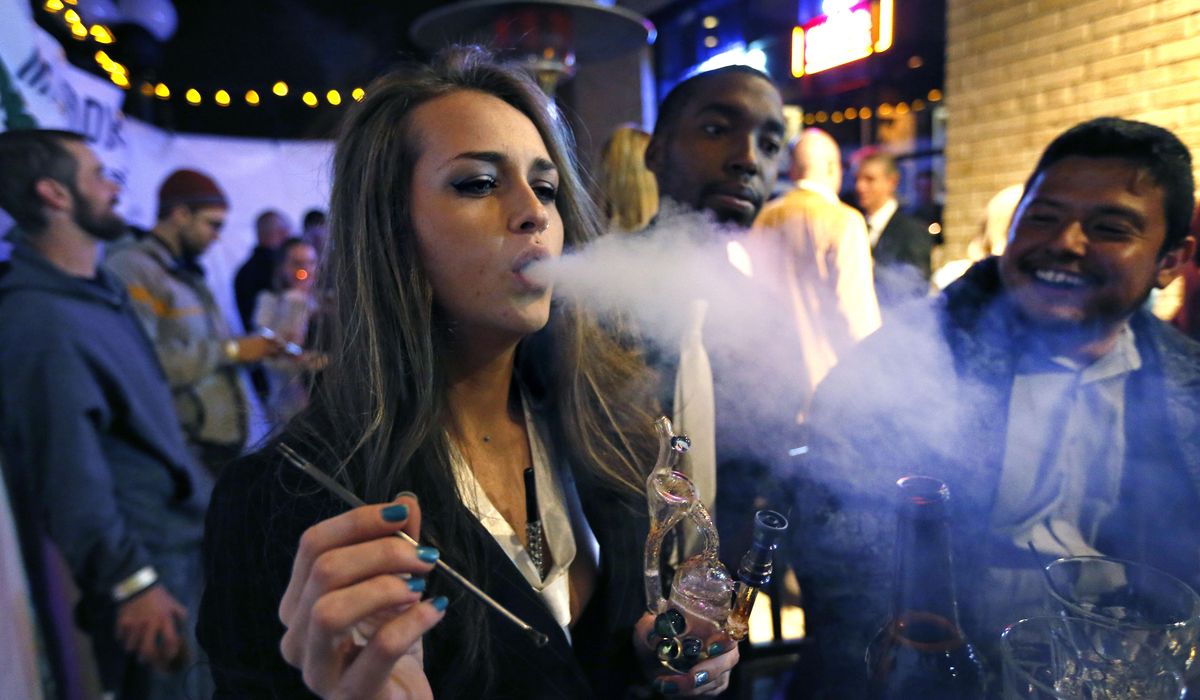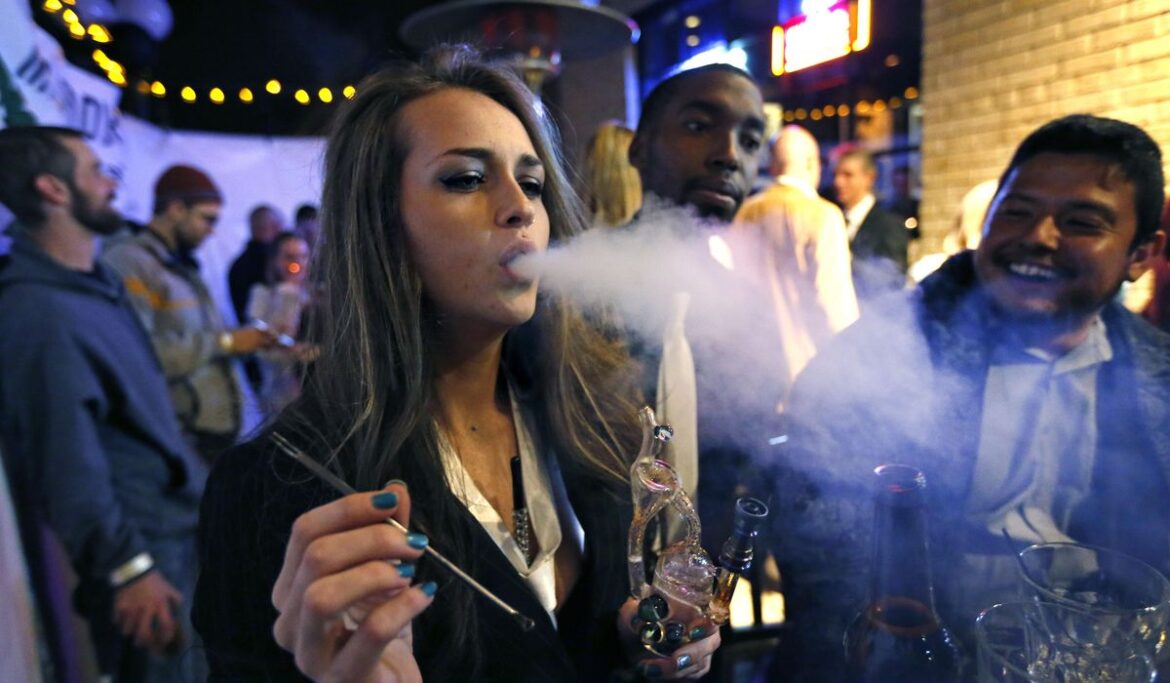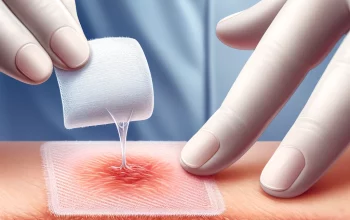
Adults younger than 30 are using marijuana and hallucinogenic drugs at the highest rates since government scientists began tracking trends in the late 1980s, according to a National Institutes of Health survey.
Results from NIH‘s Monitoring the Future survey for 2021 found the share of adults ages 19 to 30 reporting marijuana use in the past year, month or day reached the highest levels recorded since 1988.
Reported past-year marijuana use hit 43% in 2021, a huge bump from 34% five years prior and 29% a decade ago, in 2011.
Past-month use of marijuana hit 29% among young adults in 2021, compared to 21% in 2016, while 11% of young adults reported daily use in 2021 compared to 8% in 2016.
NIH said use of hallucinogens such as LSD, MDMA, peyote, “shrooms” or psilocybin was relatively flat until 2020 but then it started to rise dramatically. The survey found 8% of young adults reported use of this class of drugs at some point in 2021, up from 5% in 2016 and 3% in 2011.
However, use of MDMA (“Molly” or “ecstasy”) bucked the trend. Use dropped to 3% in 2021 compared to 5% in 2016 and 2020.
The trends coincide with shifting attitudes toward both classes of drugs.
States are taking an increasingly hands-off approach to marijuana, even setting up state programs to sell and regulate the drug.
Policymakers say cracking down on the drug results in mass incarceration and social upheaval, often burdening people of color, and it makes little sense to treat the drug more stringently than alcohol.
Attitudes about hallucinogens, meanwhile, have shifted from associations with hippies and cultural movements of the 1960s to a closer look at potential therapeutics benefits to fight drug addiction, post-traumatic stress disorder or depression.
People are unlikely to die of an overdose on LSD, unlike drugs like heroin and fentanyl.
Still, NIH said the trends deserve scrutiny.
“We need to know more about how young adults are using drugs like marijuana and hallucinogens, and the health effects that result from consuming different potencies and forms of these substances,” said Dr. Nora Volkow, director of the National Institute on Drug Abuse. “Young adults are in a critical life stage and honing their ability to make informed choices. Understanding how substance use can impact the formative choices in young adulthood is critical to help position the new generations for success.”
The NIH survey also found nicotine vaping continued its rise, part of a long trend, in 2021 despite leveling off a bit in 2020.
Sixteen percent of young adults reported vaping last year compared to 6% in 2017, when NIH began monitoring it.
Alcohol remains the most-used substance among young adults in the survey.
Binge-drinking — defined as having five or more drinks in a row at some point in the past two weeks — returned to pre-pandemic levels in 2021 (32% in 2021, 28% in 2020 and 32% in 2019).
However, general monthly or daily use of alcohol was on the wane.
NIH said 66% of young adults reported alcohol during the past 30 days in the survey, a notable drop from 70% in 2016 and 69% in 2011.
RSS





